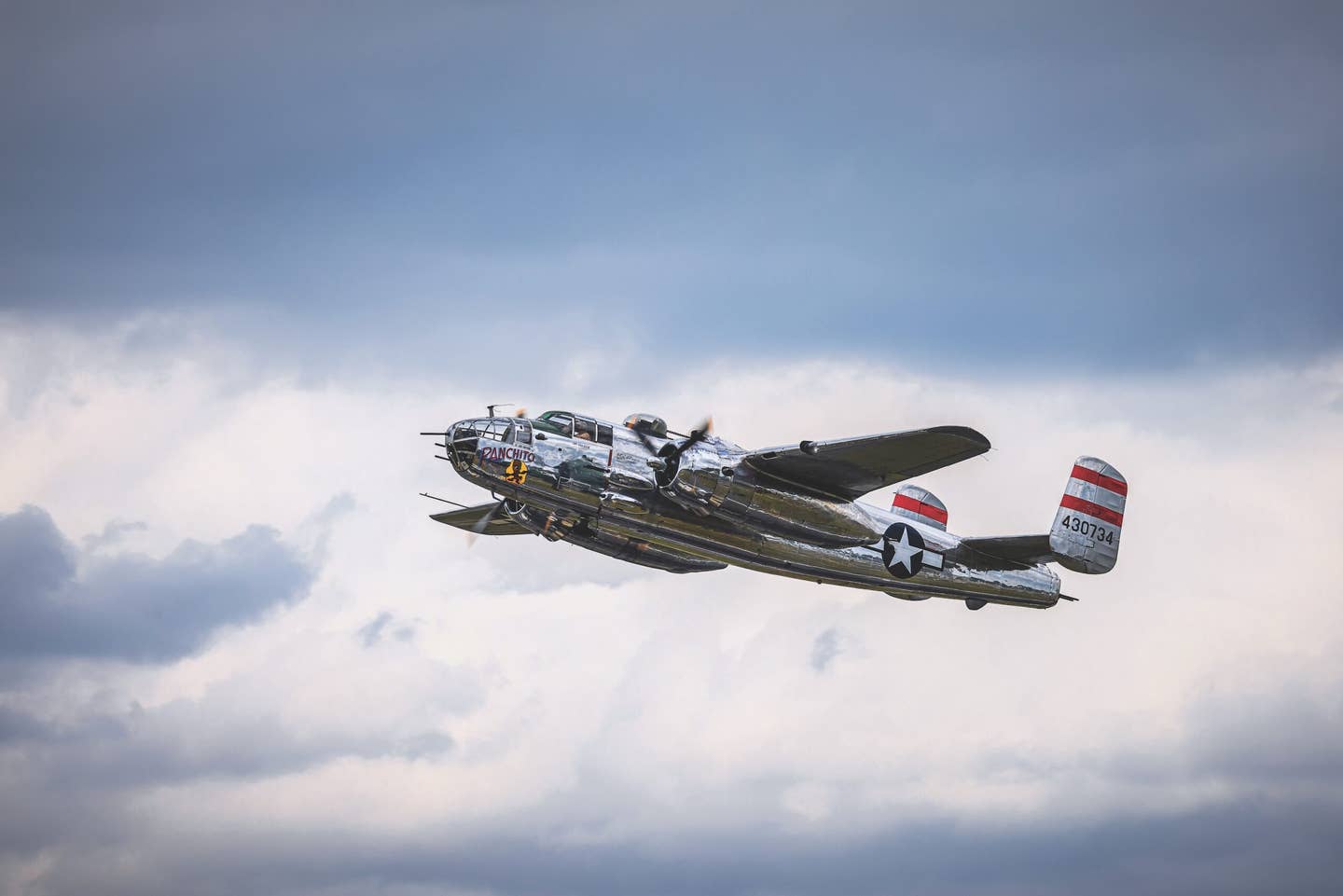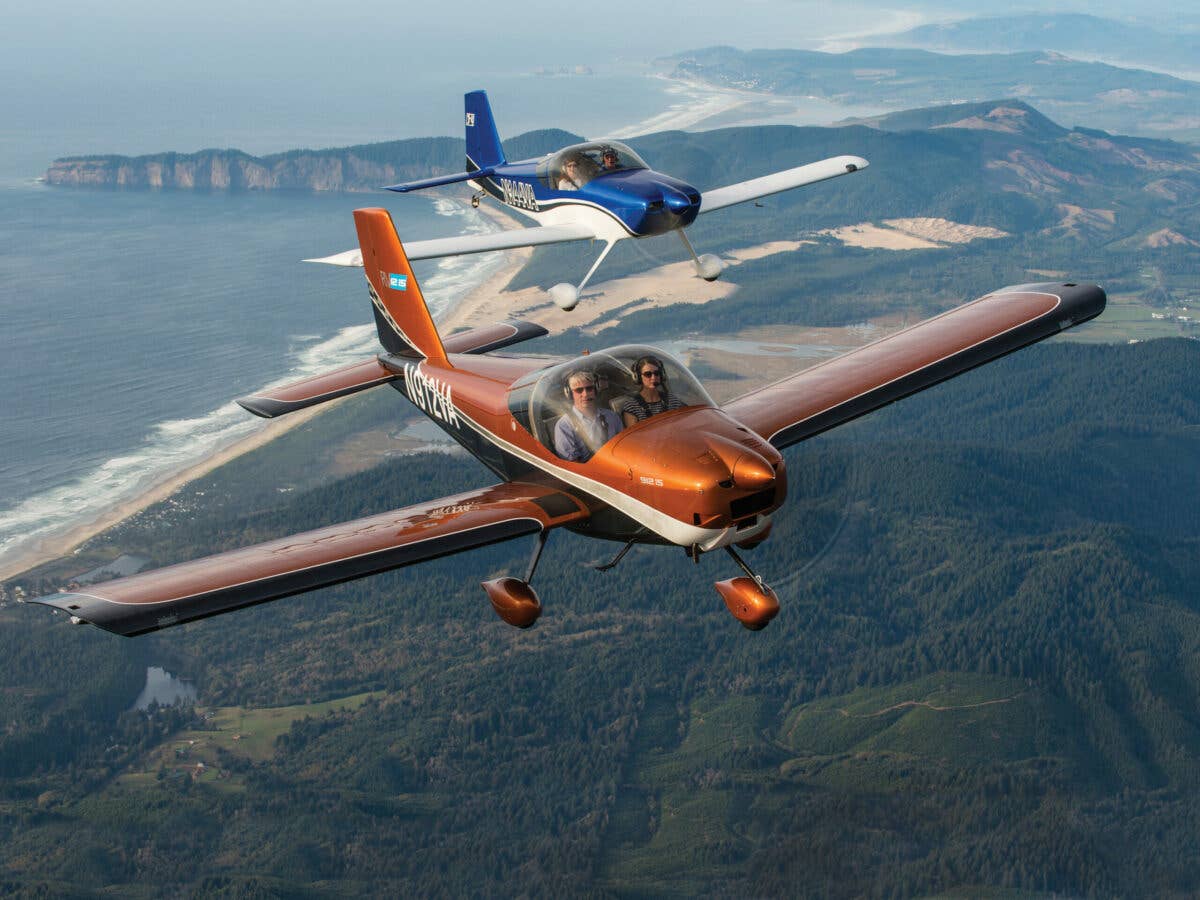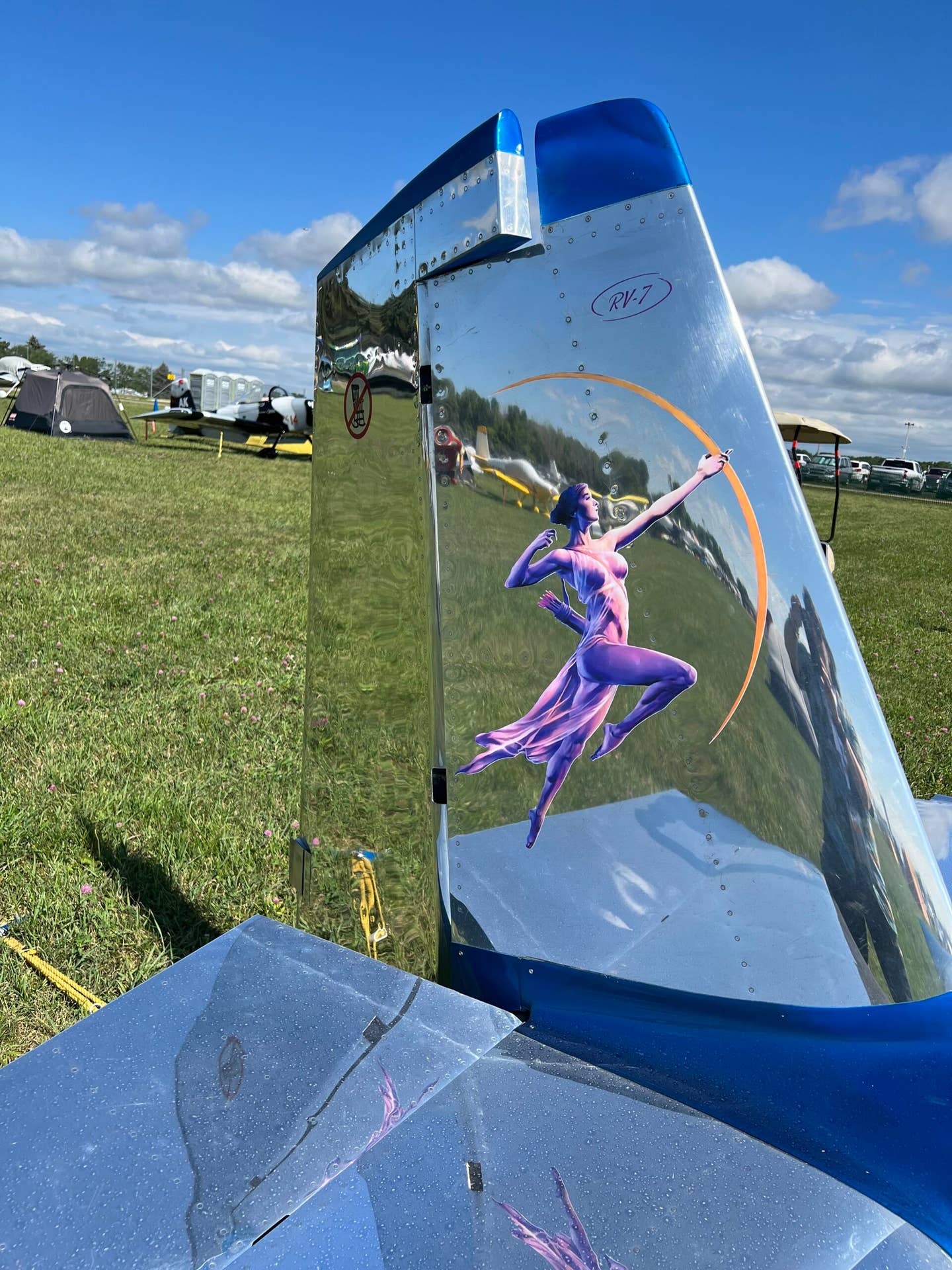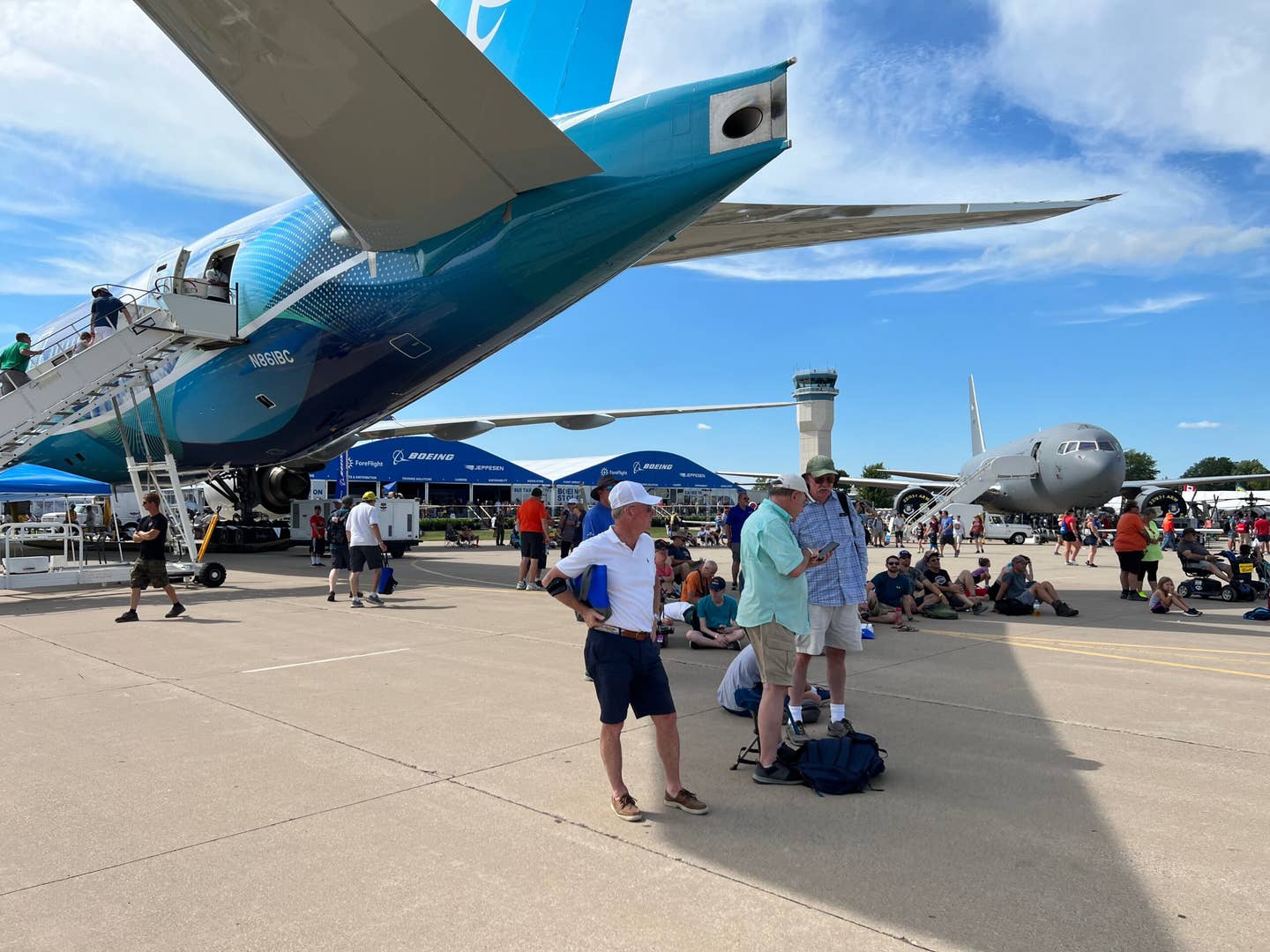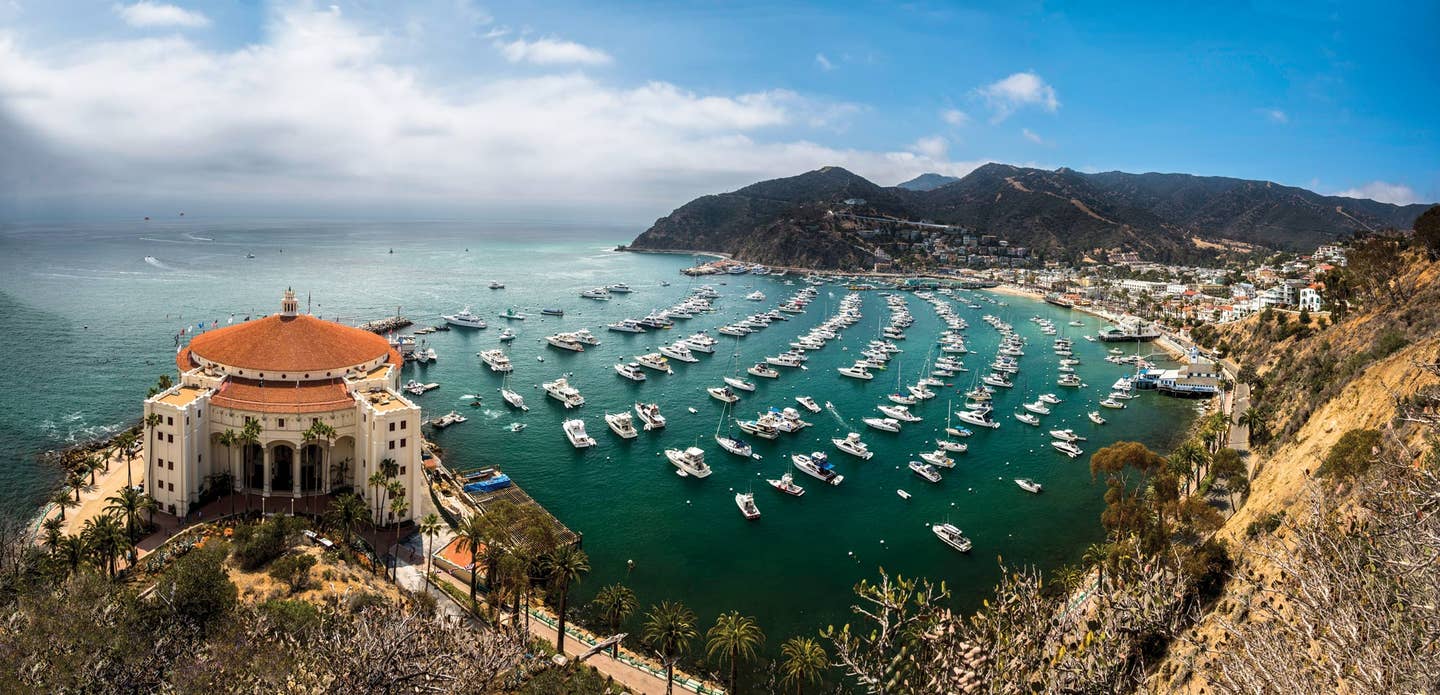
Catalina Airport’s 3,250-foot-long runway was constructed by blasting and leveling two adjacent peaks, then using the resulting debris to fill in the gaps.
A pilot certificate translates into the freedom to head out to the airport and just fly—almost anywhere, anytime and even bring along a friend or two. Those first few hundred post-training hours certainly sharpen your navigation and communication skills, so get out and fly as often as possible. One rite of passage for the newly certified pilot is enjoying a “$100 hamburger,” or meal of your choice, with like-minded pilots at a neighboring airport.
Pretty quickly though, you may find that a 45-minute flight to another airport to visit Sid’s Grill just doesn’t seem to be enough. And that’s OK. After all, you have no restrictions on your wanderlust, so why settle for a 100-mile trip? Why not go for a 300- or 500-mile journey? Why not find a great place to stay for a couple of days, or even just a one-day trip out and back with the family that includes some fun once you arrive? Your winged magic carpet will easily whisk you to places you’d never experience by airliner. Here are some of our favorite journeys sure to transform that next flight into a true flying adventure.
Dayton, Ohio:
The birthplace of aviation is the well-known home of the Wright Brothers and includes a replica of their original bicycle shop on the courtyard of the downtown Carillion Historical Park. But wait, Dayton has more to offer aviation aficionados—much more. The city is home to the National Aviation Heritage Area (visitnaha.com), the only such national alliance in the United States devoted entirely to aviation. The group represents nearly 20 aviation sites around Dayton, so plan to spend at least a few days to take in the National Museum of the U.S. Air Force, historic Waco Field, a chance to fly on a replica of the Wright B Flyer, visit the Wright Archives at Wright State University, tour the Armstrong Air & Space Museum, and of course, the National Aviation Hall of Fame.
The nearest airport is James M. Cox Dayton International Airport. The trip downtown takes about 20 minutes heading south on Interstate 75. If future stars align, auto traffic passing the I-75/I-70 interchange could see a massive 270-foot-tall Triumph of Flight monument expected to be built there that includes a huge replica of the original Wright Flyer sitting on top. NAHA can be found on Facebook, Instagram and Twitter.
Galesburg, Illinois:
Each September, Galesburg Municipal Airport, about 100 miles southwest of Chicago, becomes home base for the National Stearman Fly-In (stearmanflyin.com) devoted to lovers of the nearly 90-year-old, open-cockpit biplane. Visiting aircraft can land at Galesburg for the fly-in that brings together some of the most impressively restored Stearmans on the planet. The show includes dozens of forums, aerobatic demonstrations, events for kids, and as you might guess, opportunities to ride in one of these classics. Sponsored by the National Stearman Foundation, the fly-in includes a short-field takeoff-and-landing competition, as well as a flour-bombing competition and plenty of food.
The event focuses primarily on the model 75 Stearman, nearly 8,500 of which were produced in Wichita, Kansas, as a primary military pilot trainer leading up to World War II. This past year’s fly-in brought more than 60 Stearmans from points as far away as New York and Los Angeles. The Stearman Fly-In is active on Facebook, Twitter and Instagram.
Cedar Key, Florida:
The locals call Cedar Key a rather unique airport, in part because the runway is only 2,355 feet long, but also because the field is surrounded by and actually part of a large protected bird sanctuary and 891-acre wildlife refuge. While visiting CDK should be a beautiful experience, pilots need to be constantly on the lookout for local ospreys, eagles, herons, egrets, buzzards, pelicans and seagulls.
Places to visit include the Cedar Key Museum State Park, Lil Shark Park, the Cedar Key Pirate Invasion, Shell Mound campgrounds and Cedar Key Museum State Park. There are also fishing and boating activities in this northwest Florida town 80 miles north of Tampa. Life in Cedar Key is so laid-back you’d never know its 2 square miles was once the No. 1 producer of commercial clams in Florida. Certainly great seafood abounds. There are also kayaking and boat rides available and great places to stay, such as the Island Hotel built in 1859. The CDK Seafood Festival is held in mid-October.
Just a few things pilots should know before they arrive: CDK offers no fuel or maintenance. Cellphone service at the airport is reportedly weak, and there’s no local phone once you land. Aircraft parking is at the pilot’s risk. Local taxi drivers often monitor 122.9, but there’s no guarantee. Cedar Key is active on Facebook and Instagram.
Airplane Boneyards and Desert Aircraft Storage:
Aircraft-history buffs could easily spend a week, or as little as a day, flying around in the Arizona desert near Phoenix—or in Southern California or Roswell, New Mexico—visiting the multiple aircraft graveyards that house hundreds of relics of the nation’s air-transportation industry. Out-of-service aircraft are stored here because the dry desert climate prevents corrosion.
There are four different sites around Phoenix alone, so a visit just depends upon where you land. Pilots can land at Kingman Airport on the north side or Phoenix Goodyear Airport. Both offer rental cars and nearby hotels. The largest of all the boneyards is at Davis-Monthan AFB near Tucson, with other sites located at the Southern California Logistics Center near Victorville and the Mojave Air and Space Port north of Los Angeles. There’s also the Roswell Air Center in New Mexico.
Phoenix Kingman parks dozens of airliners from American Eagle, Continental Express, DHL, SAS and others with engines, windows and tires covered for protection from the elements. Aircraft parked at Kingman are behind fences, though, and not accessible to the general public.
Originally constructed during World War II as a naval air facility known as NAF Litchfield Park, GYR was later renamed Naval Air Station Litchfield Park and then, finally, Phoenix Goodyear Airport. The airport is home to several private aircraft-maintenance and pilot-training companies, as well as an active airliner boneyard. Pinal Airpark just northwest of Tucson is an active boneyard for civilian commercial aircraft as well as a site for storage and reconfiguration.
Davis-Monthan AFB is the largest of the local boneyards covering some 2,600 acres holding more than 3,000 military aircraft. The 309th Aerospace Maintenance and Regeneration Group here is the only place in the country authorized to store military-grade aircraft. Some of the aircraft on site are scrapped for parts while others are again made airworthy. Go to Arizona Boneyards (airplaneboneyards.com) for more.
Mackinac Island, Michigan:
Once a pilot descends beneath the clouds on the GPS approach to Mackinac, they’ll be assaulted by visibilities often greater than 50 miles. There’s no industry anywhere nearby MCD, just a gorgeous view of Lake Huron between the Upper Peninsula and Lower Peninsula of Michigan, 35 miles southwest of the Canadian Border. The airport offers a single 3,500-foot hard-surface runway but no fuel, so plan ahead.
While Mackinac arrivals in the winter aren’t all that much fun, a summer visit is a chance to step back to a time before automobiles. MCD’s primary form of transportation is the horse-drawn carriage. Once visitors reach downtown, bicycle and scooter rentals offer additional modes to explore the island. Shopping includes high-fashion shops, art galleries and locally created crafts. Dozens of downtown eateries offer something to suit just about everyone’s taste, and there are a number of great places to stay, such as the 393-room Grand Hotel built in 1887, where afternoon tea and evening dancing are on the bill seven days a week.
Ocean Reef Club, Key Largo, Florida:
The private Ocean Reef Club sports an airport with a single 4,451-foot runway. Because Ocean Reef is private, visiting pilots are required to register and sign a statement assuring the club they have read and understood all published rules and regulations before landing. There’s no fuel available at 07FA, so planning is a necessity.
The club offers a dozen restaurants, including elegant dining and bars with refreshing tropical drinks poolside or freshly grilled fare under the palms—as well as a pair of 18-hole golf courses, a marina offering fishing charters, boat and yacht rentals, and boat storage. There are tennis courts and a game center that includes pickleball, croquet and card games such as canasta, bridge, poker and mahjong. Members can use the fitness center and spa, or visit Buccaneer Island to relax by the pool or rent a kayak, sailboat or windsurfer.
The Ocean Reef Club offers different levels of membership from its equity level for property owners to a social one in which people from outside the area can access the club and its facilities on a limited basis (oceanreef.com). The club is active on Instagram, Facebook and Twitter.
Fredericksburg, Texas:
A small town of just over 11,000 people in the Texas hill country 65 miles west of Austin, Fredericksburg is best known for its local wineries, music and German heritage. Wine Enthusiast magazine named Fredericksburg one of the 10 best wine travel destinations in the world with more than 30 local wineries, not to mention a number of successful craft breweries. Fredericksburg is also known as the largest wildflower seed farm producer in the nation. So think wine, food and shopping in a town whose motto is: “Texas heart, German soul.”
The annual three-day Oktoberfest offers great German beer, food and music and is also billed as highly family- friendly. Seriously, who’d want to miss the gala’s Tuba Fest music? Locals suggest visitors plan ahead for the fest.
Visitors will find a wide range of hotels, motels, bed-and-breakfasts, RV parks, and campgrounds. The airport itself sports the Hangar Hotel constructed to look like a 1940s aircraft hangar and even includes an Officer’s Club. The facility includes the Airport Diner for that $100 hamburger with plenty of aircraft parking nearby.
Gillespie County Airport, a public-use facility, offers a single 5,002-foot hard-surfaced runway and 100LL currently selling for less than $5 a gallon. While Fredericksburg does not charge a landing fee, arrival does come with a $65 ramp fee that’s waived with a fuel purchase. The airport offers on-site rental-car facilities (gillespiecounty.org) and is active on Twitter, Facebook and Instagram.
Santa Catalina Island, California:
This island is part of the Catalina Island Conservancy, one of the oldest private land trusts in California, and includes more than 62 miles of unspoiled beaches and secluded coves. The recently rebuilt runway at the Airport in the Sky sits squarely atop a 1,602-foot-tall mountaintop at the center of the island 10 miles from the city of Avalon. AVX’s single 3,250-foot long runway was constructed by blasting and leveling two adjacent peaks and using the resulting debris to fill in the gaps.
The airport’s DC-3 Gifts & Grill restaurant is famed for its buffalo burgers and other specialties, as well as live music during the summer. The drive to Avalon from the airport demands patience and about 35 minutes once a taxi arrives. Pilots are advised to reserve one before arrival.
There are great hotels and dining opportunities in town, not to mention scuba diving, glass-bottom boat rides, and ocean and fishing tours. The island is also a hiker’s paradise with more than 165 miles of trails, including an assortment of loops that give hikers a great glimpse at a variety of island locales. The “grand daddy” hike is the Trans-Catalina Trail, a 38.5-mile trail spanning the entire island. Catalina also offers eco-tours, cycling and camping opportunities.
Because Santa Catalina’s a nature conservancy, easy-to-find permits are required for most outdoor activities. No permits are needed to explore any of the dozens of shopping and dining opportunities in Avalon, nor any of the places to stay. Airport in the Sky is active on Facebook, Twitter and Instagram (visitcatalinaisland.com).
Udvar-Hazy Center and the Smithsonian Air & Space Museum, Washington, D.C.:
What could possibly ring more true to an airplane geek than seeing a Lockheed SR-71 Blackbird, a Concorde and the space shuttle Discovery up close and all in one building? The Udvar-Hazy Center adjacent to Washington’s Dulles International Airport houses dozens of perfectly restored civil and military aircraft created over the past century. Visitors can also watch closely as the Mary Baker Engen Restoration Hangar staff work on their latest “fixer-upper.”
If you’ve made the journey to Washington, a little extra time and money spent traveling downtown to the main Smithsonian Air & Space facility will not be wasted. There, you’ll see the original Ryan NYP Charles Lindberg used to cross the Atlantic in 1927, as well as the Rutan Voyager that carried Dick Rutan and Jeana Yeager on their nonstop flight around the world in December 1986. Visitors are now able to view the restored spacesuit worn by Apollo 11 Mission Commander Neil Armstrong on the Moon.
Although the Udvar-Hazy Center is adjacent to IAD, pilots might find that landing at nearby Leesburg Executive Airport is a bit easier on the pocketbook. No matter where you put down in the area, be prepared for the complexities of operating beneath or into the Washington, D.C. Class B (airandspace.si.edu) and Special Flight Rules Area.
AirVenture Oshkosh Wisconsin:
Many an aviation career began with a visit to AirVenture at Wittman Regional Airport in Oshkosh, Wisconsin, or the show’s predecessor sites in Rockford, Illinois, and Milwaukee, Wisconsin. Originally created by the Experimental Aircraft Association in 1953, the largest airshow adventure in the U.S. happens annually in late July and runs an entire week, during which OSH becomes the busiest airport in the world with more takeoffs and landings than even Chicago O’Hare. In 2019, AirVenture experienced nearly 20,000 aircraft operations averaging about 134 each hour while slightly more than 600,000 men, women and children from around the world passed beneath the show’s famous welcome arch. Forty thousand of the show’s visitors lived in more than 12,300 campgrounds on the field during AirVenture and viewed some of the 1,500 educational sessions presented to more than 75,000 people.
What began in 1953 as a get-together for homebuilt-aircraft enthusiasts and a handful of unique aircraft quickly grew into a show that welcomed flying machines of a every category. It’s not unusual to see an Airbus A380 arrive early in the week just before a flight of F-35s stops by for a visit, afterburners roaring with warbirds and helicopters in between. Early on, the show gained a reputation as a .family- and aviation-friendly event as well as being the cleanest airshow anywhere where everyone is expected to clean up after themselves.
Whether visitors camp on the airport grounds, or take advantage of local hotels or bed-and-breakfast facilities, the most memorable part of AirVenture is joining the mad rush of daily arrivals where aircraft tail numbers become irrelevant. Listen to OSH tower on the radio, and you’ll hear them clearing the blue Piper, a red Cessna or maybe even the B-25 on base. Just be sure to bring a camera and some folding chairs to watch the daily airshows (eaa.org/en/airventure).
There were many more destinations we would have liked to include, but space was limited. So write and tell us about some of the best places you’ve visited in your airplane. Send us a few pictures too, and we’ll share them on our Facebook and Instagram feeds. Send letters to edit@flyingmag.com.

Sign-up for newsletters & special offers!
Get the latest FLYING stories & special offers delivered directly to your inbox

